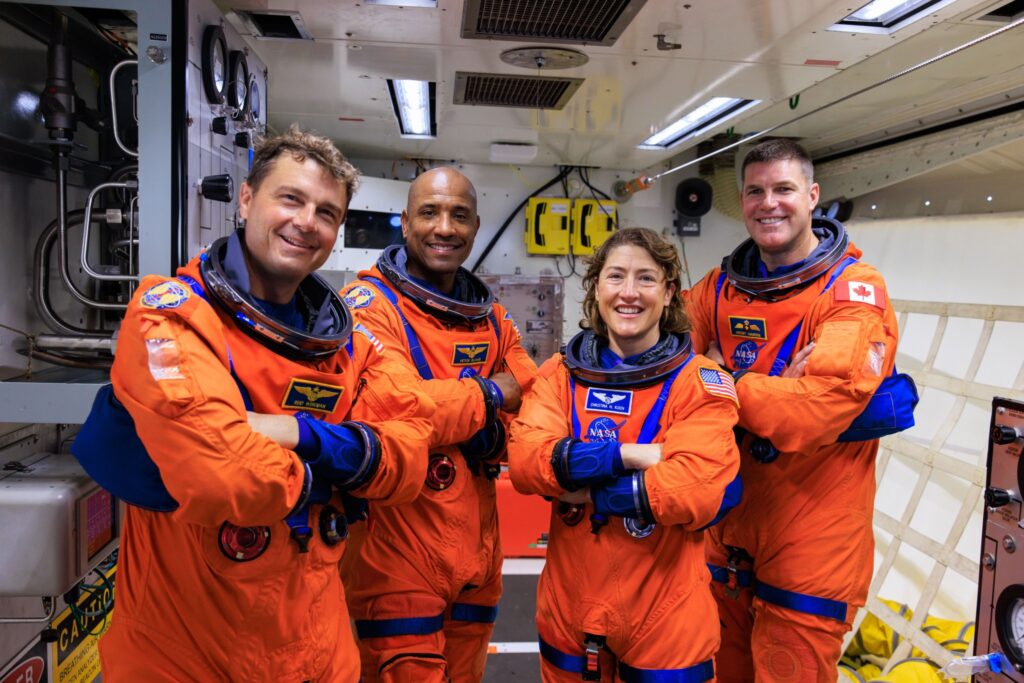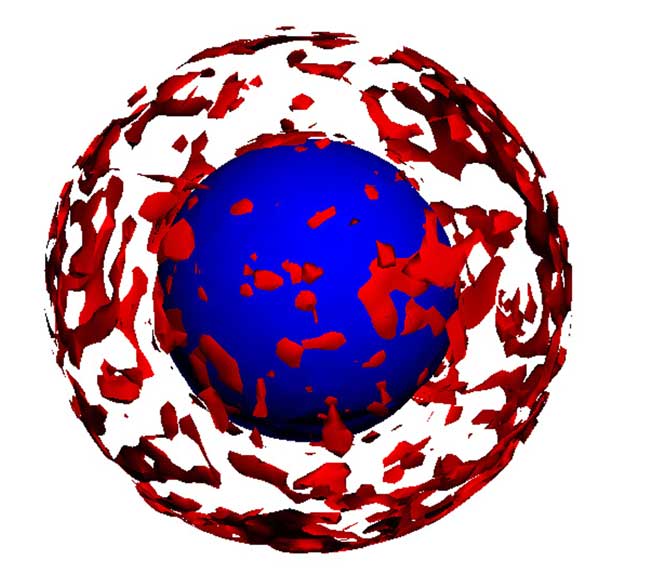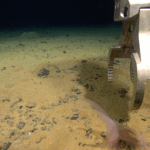Now Reading: NASA to fly only cargo on next Starliner mission under modified contract
-
01
NASA to fly only cargo on next Starliner mission under modified contract
NASA to fly only cargo on next Starliner mission under modified contract


ALICANTE, Spain — NASA has revised its commercial crew contract with Boeing, reducing the number of CST-100 Starliner missions to four, the first of which will carry only cargo.
In a Nov. 24 statement, NASA said it and Boeing had mutually agreed to modify the Commercial Crew Transportation Capability contract awarded to the company in 2014. The original contract included six operational missions after NASA certified the vehicle to carry astronauts.
Under the revision, the contract will fund four such missions, with options for two more. The agency did not disclose whether the modification would change the contract’s value, originally set at $4.2 billion.
The first of those missions, Starliner-1, will no longer carry people. The mission, now scheduled for launch no earlier than April 2026, will carry what NASA called “necessary cargo” to the International Space Station and validate spacecraft modifications made after issues encountered during last year’s Crew Flight Test, or CFT.
The other three missions will carry crews, pending certification of the spacecraft. The first crewed flight could take place before the end of 2026.
“NASA and Boeing are continuing to rigorously test the Starliner propulsion system in preparation for two potential flights next year,” Steve Stich, NASA’s commercial crew program manager, said in a statement, referring to thruster problems encountered during the CFT mission that ultimately led NASA to bring Starliner back uncrewed. NASA astronauts Butch Wilmore and Sunita Williams, who flew to the ISS on that Starliner, had what was planned as a weeks-long mission extended to nine months because of those problems, returning on a Crew Dragon.
At a July briefing, Stich said there was a “strong chance” the next Starliner mission would be uncrewed. “I think there’s a lot of advantages, I would say, to flying a cargo flight,” he said, such as being able to validate in flight modifications to the “doghouses” on Starliner that contain thrusters.
NASA’s safety advisers supported that approach. “NASA is headed towards an uncrewed flight for the next Starliner mission, something that the ASAP panel sees as a very logical approach given the developmental issues with the thrusters and other anomalies on the vehicle,” Charlie Precourt, a former astronaut and member of NASA’s Aerospace Safety Advisory Panel, said at a Sept. 19 public meeting.
The contract change also reflects the limited time left in the ISS program. NASA has long said it would prefer to alternate between Starliner and Crew Dragon for crew rotation missions, meaning no more than one mission a year for each vehicle. With the ISS slated for retirement in 2030, there would be little time for additional Starliner missions beyond the four now under contract unless Crew Dragon encounters problems or the ISS is extended.
“This modification allows NASA and Boeing to focus on safely certifying the system in 2026, execute Starliner’s first crew rotation when ready and align our ongoing flight planning for future Starliner missions based on the station’s operational needs through 2030,” Stich said.
Stay Informed With the Latest & Most Important News
-
 012024 in Review: Highlights from NASA in Silicon Valley
012024 in Review: Highlights from NASA in Silicon Valley -
 02Panasonic Leica Summilux DG 15mm f/1.7 ASPH review
02Panasonic Leica Summilux DG 15mm f/1.7 ASPH review -
 03From Polymerization-Enabled Folding and Assembly to Chemical Evolution: Key Processes for Emergence of Functional Polymers in the Origin of Life
03From Polymerization-Enabled Folding and Assembly to Chemical Evolution: Key Processes for Emergence of Functional Polymers in the Origin of Life -
 04How New NASA, India Earth Satellite NISAR Will See Earth
04How New NASA, India Earth Satellite NISAR Will See Earth -
 05And Thus Begins A New Year For Life On Earth
05And Thus Begins A New Year For Life On Earth -
 06Astronomy Activation Ambassadors: A New Era
06Astronomy Activation Ambassadors: A New Era -
07SpaceX launch surge helps set new global launch record in 2024




















